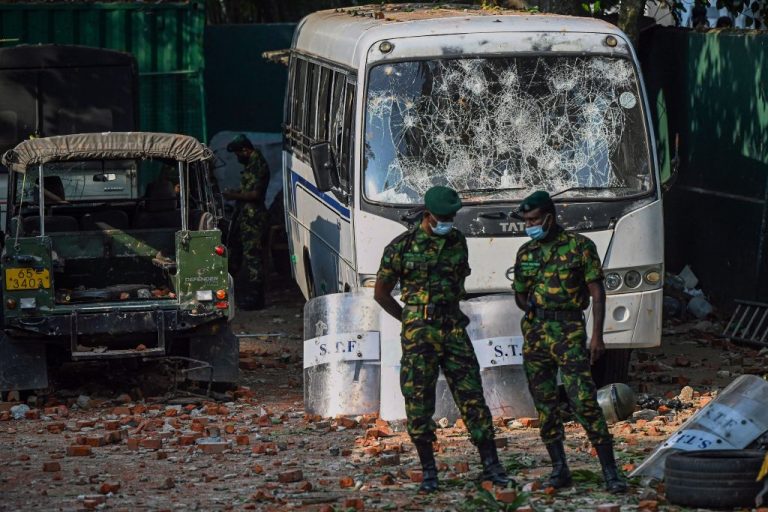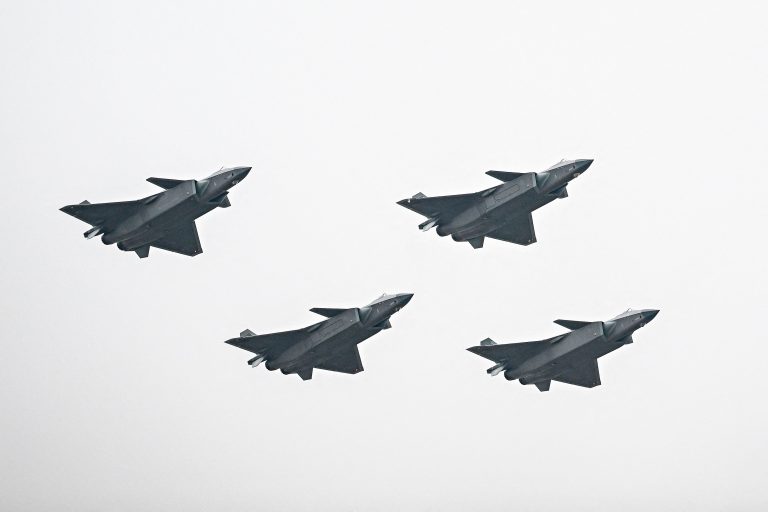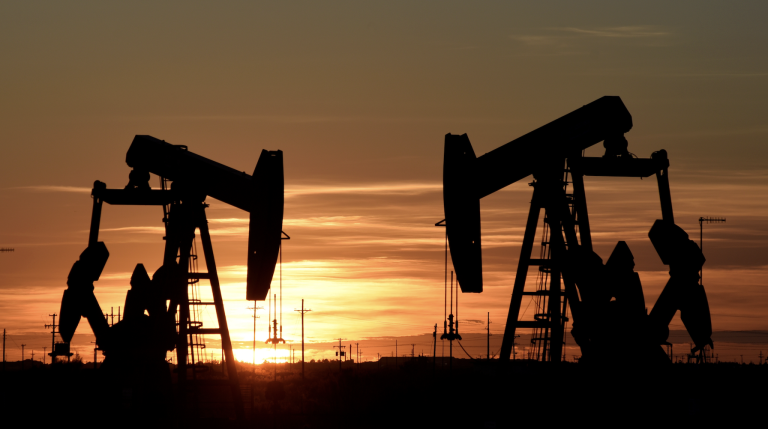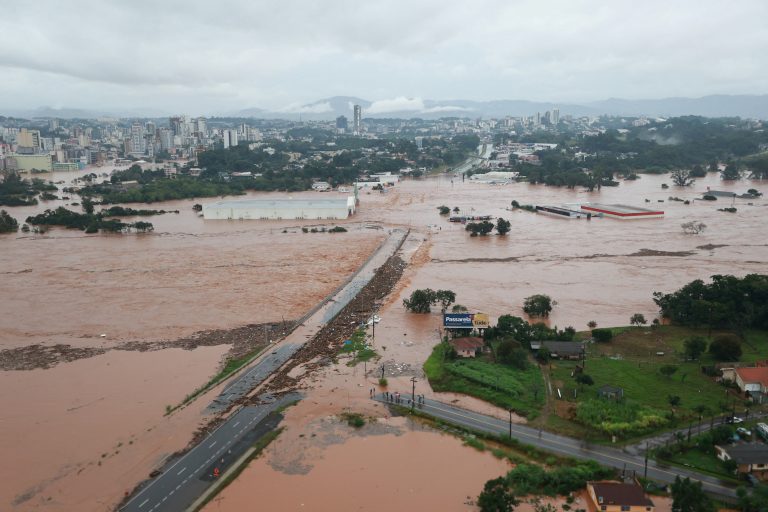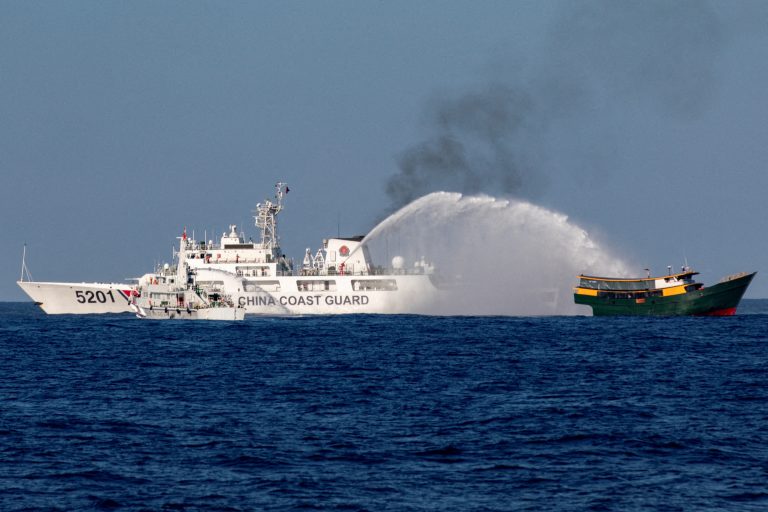The South Indian island of Sri Lanka demonstrated in action this week what fallout politicians may face if currency devaluation, gasoline, electricity, and food shortages leave citizens in a desperate situation.
The country, an island home to more than 22 million people and located off the Southern tip of India, made headlines in international news on March 31 after protestors breached a barricade surrounding President Gotabaya Rajapaksa’s personal home, according to Sri Lankan media Daily Mirror.
According to Breitbart, one of the only North American English-language media outlets to cover the story, hundreds of protestors armed with clubs, iron rods, and stones descended on Rajapaksa’s home.
Video published by Sri Lankan media Ada Derana showed barricades being toppled and lines of police being pushed back as a hail of stones rained down upon their vanguard.
In response, tear gas and water cannons were deployed to quash the unrest.
Success
You are now signed up for our newsletter
Success
Check your email to complete sign up
RepublicWorld described the number of protestors as in the thousands, rather than the hundreds, noting aggressions dramatically escalated after crowd control was deployed on protestors.
According to the outlet, a police bus, jeep, and two motorcycles were burned, in addition to two army buses.
RELATED READING:
- Communist China Using Water to Create Chaos at Home and Abroad
- Bitcoin in the Jaws of Communist China
- Undercover Video Sting Shows FDA Officer Admitting Whistleblowers Won’t Have ‘Long Shelf Life’ in Agency
- State Department Denounces Beijing’s Pre-Olympic Show Trial of Falun Gong Citizen Journalists
News18 reported that in an April 1 response, Rajapaksa’s administration declared a state of emergency, which gives the state’s armed forces the ability to “arrest and detain suspects for long periods without trial.”
Additionally, a localized curfew was imposed on March 31, before being lifted on April 1 and then reimposed, News 18 stated.
RepublicWorld stated the curfew had been lifted as of April 2.
Daily Mirror reported on Twitter that on April 2 that the entire island would be placed on total lockdown from 6:00 p.m. April 2 to 6:00 a.m. April 4.
Societal collapse
A March 27 article published in India’s TheWeek painted a picture of a country plagued by severely lacking gasoline and food supplies.
In interviews with Sri Lankans, one stated that although she worked at the supermarket, it was nonetheless hard to buy essential goods since there is simply no inventory.
Another woman stated that she switched from feeding her three-year-old real milk to milk powder to save money, but had to abandon the plan when the price skyrocketed to 2,000 rupees per kilogram.
For comparison, the article also stated that the price of chicken had risen to 6,500 rupees per kilogram.
A spokesperson for the country’s milk powder association stated, “For the past nine weeks, the price of milk powder has been going up in the world market. With our falling dollar reserves, we are not able to import from the world market.”
Kerosene, used by households for cooking, is virtually unavailable, stated TheWeek, who interviewed citizens that reported standing in line for eight straight hours once a week to buy canisters since deliveries are no longer fulfilled.
In another instance, a man reported that he now had to walk 8 kilometers to work each day because his household could neither afford petrol nor spare the time to wait in queue to obtain it.
In addition to food and gasoline shortages, each day rolling electricity blackouts amounting to at least 6 hours are endured.
The Mirror published the latest schedule for Sri Lanka’s power blackouts of April 2 on Twitter, showing that many locales will be without power between the key hours of 8:00 a.m. to 12:00 p.m., 12:00 to 4:00 p.m., and and 6:00 to 9:00 p.m.
Monopoly money
According to data from analytics firm CEIC, the average Sri Lankan household income per capita works out to approximately $118 USD per month.
TheWeek stated that Sri Lanka has a $6 billion USD debt, amounting to more than 85 percent of its exports. Its primary export is tea, a market that has been hammered by the ongoing Russia-Ukraine war.
Further, the country imports almost all of its goods.
Starting on March 7, the Sri Lankan rupee experienced a sudden and dramatic devaluation as the cost to purchase 1 USD rose from approximately 202 rupees to a high of almost 298 rupees by March 29, a close to 50 percent devaluation.
According to analysis by Breitbart, the major problem plaguing the nation is the depletion of foreign currency reserves.
Before measures proclaiming to battle the Coronavirus Disease 2019 (COVID-19) pandemic flattened the global economy, Sri Lanka relied on its tourism sector and citizens working abroad to funnel foreign currency used to purchase goods into the country.
Once lockdowns and mandates suffocated international travel and the labor market, this revenue stream dried up.



